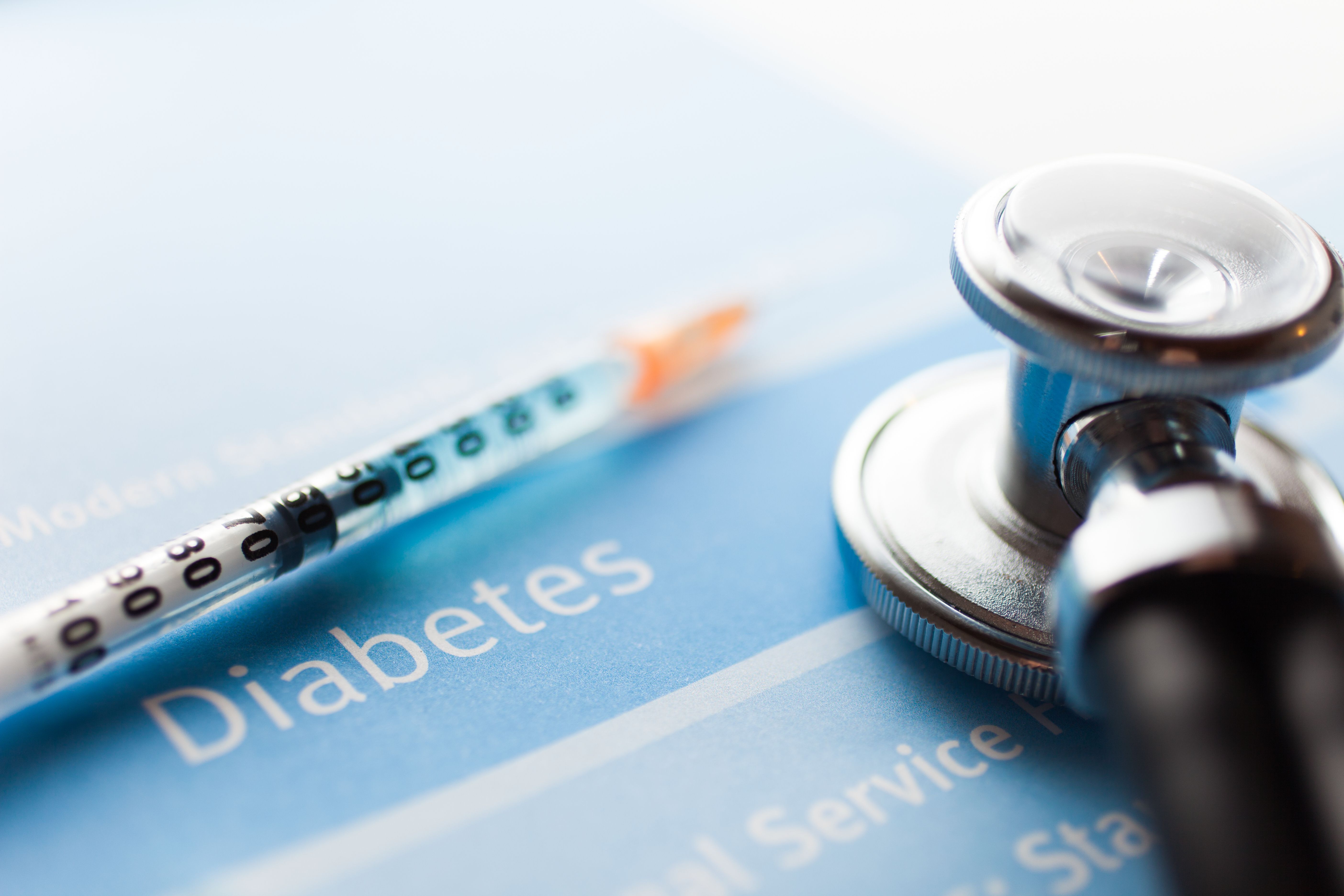News
Article
FDA Clears First 1-Year Continuous Glucose Monitoring System for Diabetes
Author(s):
Eversense 365 (Senseonics) is the first long-lasting continuous glucose monitoring (CGM) system, which includes a 365-day sensor and only 1 insertion on Day 1 of every year.
The FDA has cleared the next-generation Eversense 365 (Senseonics) continuous glucose monitoring (CGM) system for individuals with type 1 (T1D) or type 2 diabetes (T2D) 18 years or older. The system is the first 1-year CGM system, which is fully implantable and a long-term option for patients.1
Image Credit: Minerva Studio - stock.adobe.com

“The approval of Eversense 365 represents a significant leap in CGM innovation. Extending sensor longevity to a full year, coupled with seamless device connectivity and a high level of accuracy, provides both freedom and peace of mind to patients living with diabetes,” Tim Goodnow, PhD, president and CEO of Senseonics, said in a news release. “Eversense 365 was ‘designed for real life’ and is optimally suited to help people with diabetes increase time in range of desired glucose levels and lower A1c. The delivery of the world’s first 365-day sensor is a seminal event for Senseonics and we’re excited to bring it to people with diabetes.”1
The CGM is the first long-lasting CGM, with a 365-day sensor and only 1 insertion on Day 1 of every year, compared to current CGMs with a short-term duration of 10 to 14 days. Further, because the sensor is available for 12 months, it reduces the burden of data interruptions, sensor failures, or changes. The company also reports that the accuracy is consistent for 1 year, with almost no false alerts from compression lows reported during the night.1
Investigators evaluated the CGM system in the PRECISE II (NCT02647905) trial, a non-randomized, blinded, single-arm, multicenter study for the accuracy and safety of the device, including the primary end point of the mean absolute relative difference between Eversense and Yellow Springs Instrument through 90 days post-insertion, evaluating the reference glucose values from 40 to 400 mg/dL. Additional end points included Clarke Error Grid analysis and sensor longevity, with a safety end point of incidence of device-related or sensor insertion/removal procedure-related serious adverse events (SAEs), according to the study authors.2
There were 90 individuals included in the study, with 75 receiving a single sensor and 15 receiving a bilateral sensor. One patient received a replacement sensor due to a suspected technical device failure, according to the study authors. Approximately 91% of patients completed the 90-day data collection. The primary end point was 8.8% for the prespecified analysis populations, demonstrating that 93.3% of CGM values were within ±20 mg/dL compared with 20% for the Yellow Springs Instrument reference values over the total glucose range of 40 to 400 mg/dL. As for accuracy, there was no significant difference in percentage of CGM readings during compression (92.3%) or no compression (93.4%). Further, there was no difference in readings between exercise and no exercise at 95.1% and 93.2%, respectively.2
In a real-world safety study of the system, investigators evaluated the long-term safety and performance of Eversense over multiple sensor insertions for patients. All individuals included had the sensor subcutaneously implanted across 534 centers in Europe and South Africa from June 2016 to August 2018, according to the study authors. At the last follow-up, 5417 sensors were inserted for 1260 patient-years, with 969 patients using the system for at least 6 months and 173 for 1 year. There were no SAEs reported, but the most frequently reported AEs were sensor location site infection, inability to remove the sensor upon first attempt, and adhesive patch location site irritation.3
According to the news release, the sensor rests under the skin with a silicone-based adhesive that can be changed daily, which minimizes the device getting knocked off and requiring replacements. The CGM has a removable transmitter than can be easily taken on and off without wasting the sensor. Additionally, the sensor has on-body vibrations that can alert the patient of data that need their attention even when their mobile phone is out of sight.1
The company expects to launch the CGM in the US during the fourth quarter of 2024.1
REFERENCES
Eversense 365 Receives FDA Clearance: The World’s First One Year CGM. News release. Senseonics. September 17, 2024. Accessed September 17, 2024. Email.
Christiansen MP, Klaff LJ, Brazg R, et al. A Prospective Multicenter Evaluation of the Accuracy of a Novel Implanted Continuous Glucose Sensor: PRECISE II. Diabetes Technol Ther. 2018;20(3):197-206. doi:10.1089/dia.2017.0142
Deiss D, Irace C, Carlson G, Tweden KS, Kaufman FR. Real-World Safety of an Implantable Continuous Glucose Sensor Over Multiple Cycles of Use: A Post-Market Registry Study. Diabetes Technol Ther. 2020;22(1):48-52. doi:10.1089/dia.2019.0159
Newsletter
Stay informed on drug updates, treatment guidelines, and pharmacy practice trends—subscribe to Pharmacy Times for weekly clinical insights.





